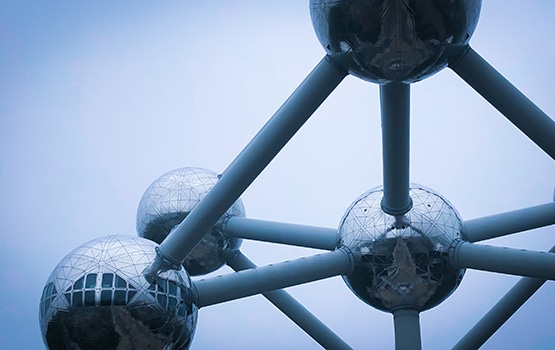Jul 22 2019
A first-ever study conducted by Monash University has found out a phenomenon and technique that can be used for producing stronger, lightweight magnesium alloys that, in turn, could enhance structural integrity in the aerospace and automobile industries.
 A world-first study by Monash University, published in Nature Communications, has discovered a technique for creating stronger, lightweight magnesium alloys.
A world-first study by Monash University, published in Nature Communications, has discovered a technique for creating stronger, lightweight magnesium alloys.
Reported in the esteemed journal Nature Communications on Friday, July 19th, 2019, scientists from Monash University, CSIRO and Chongqing University identified a pattern of alloying element segregation in twin boundaries by utilizing atomic-resolution X-ray mapping at much lower electron voltage.
Engineers are continuously looking for strong and lightweight materials for use in planes, cars¸ and in high-speed vehicles to enhance weight load, speed¸ aerodynamics, and fuel efficiency.
The discovery is important because the deformation of lightweight magnesium during thermomechanical processes and applications stops those alloys from being used more extensively instead of steel. In addition, it has implications for other light alloys like titanium and aluminum.
Lightweight magnesium has tremendous potential for energy-efficient and environmentally-friendly applications. But the segregation in these materials is prone to electron beam damage.
Professor Jian-Feng Nie, Study Lead Author, Department of Materials Science and Engineering, Monash University
Professor Nie continued, “The electron beam damage is most severe when segregated solute atoms become a single atomic column. This impacts the formability, deformation behavior and tension-compression strength of wrought magnesium products.
“We demonstrated that it’s possible to solve this difficulty by using atomic-resolution X-ray mapping at a much lower accelerating voltage of electrons [120 kV] instead of 300 kV, which is commonly used.
Professor Nie further added, “We further discovered that the new segregation pattern increases the boundary pinning effect by more than 30 times, and switches the migration mechanism of the twin boundary from the commonly accepted mode to a new one.”
The scientists employed a magnesium alloy containing silver and neodymium as part of their research. This alloy consists of better mechanical properties at ambient as well as increased temperatures.
They discovered considerable enhancements in shear stress, by as much as 33 times, and the elastic strain limit took place when the twin boundary was populated with silver and neodymium.
The elevated charge density existing between silver and neodymium with the magnesium represented a stronger bond and reinforcement of the twin boundary. On applying the force, the magnesium is moved toward the neodymium and away from the silver—forming a stronger, lightweight alloy.
Our work demonstrates that the atomic-scale analysis of the structure and chemistry of solute segregation in metallic alloys with complex compositions is now possible.
Professor Jian-Feng Nie, Study Lead Author, Department of Materials Science and Engineering, Monash University
The study, titled “Direct observation and impact of co-segregated atoms in magnesium having multiple alloying elements,” was headed by Professor Jian-Feng Nie (Monash University) with support from Mr Xiaojun Zhao, Dr Houwen Chen and Professor Qing Liu (Chongqing University) and Dr Nick Wilson (CSIRO).